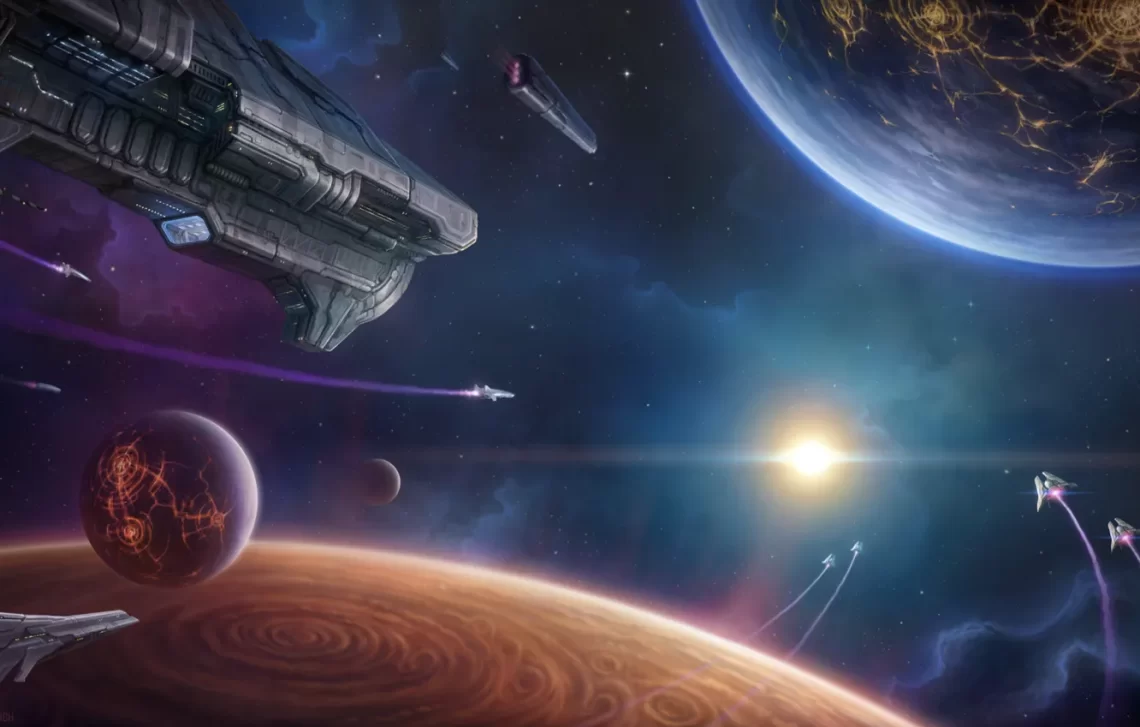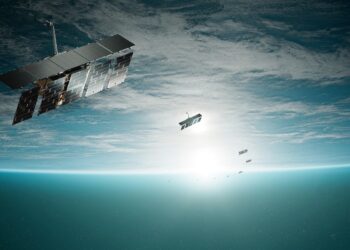At the ripe age of five, it is clear that the United States Space Force, while dominated by old thinking, still doesn’t know what it wants to be when it grows up, and is split among multiple different areas of focus. The challenge is that it has to grow up fast.
It seems the Force’s leadership are of three minds: those who look down, focusing on ground operations, those who look around at orbital space and those who look up and out.
Those who believe the Space Force should focus on what is happening on the ground refer to its support function for the joint force of all the current branches of the military. This ranges from communications, creating and protecting space-based command and control systems, observation and, in its most visionary (and ominous) form, operation of space-to-ground weapons.
Those focused on looking around are concerned with what is happening in orbital space. While there is some overlap here with the downlookers, their concerns range from orbital debris, to protecting U.S. space assets like communication and spy satellites from adversaries, to watching and being able to knock out the assets of adversaries, for instance by taking down enemy satellite systems in time of war.
Those whose eyes and minds are focused upward are the most future-thinking of the Space Force. They want a space navy, with the solar system as its ocean. They see the Force’s job as securing the ability of America and her allies to travel through, live in and develop space. Their concerns include China and Russia taking the first grab at and therefore forever owning the resources and high ground on the moon, in free space, on Mars and beyond.
But this is not a shared vision. The downlookers see the Force as an extension of everything space-related the other services have been doing for decades, just rolled into a new one-stop shop. They not only don’t want to rock the boat when it comes to defining new roles vis a vis the Army,…
Read the full article here


